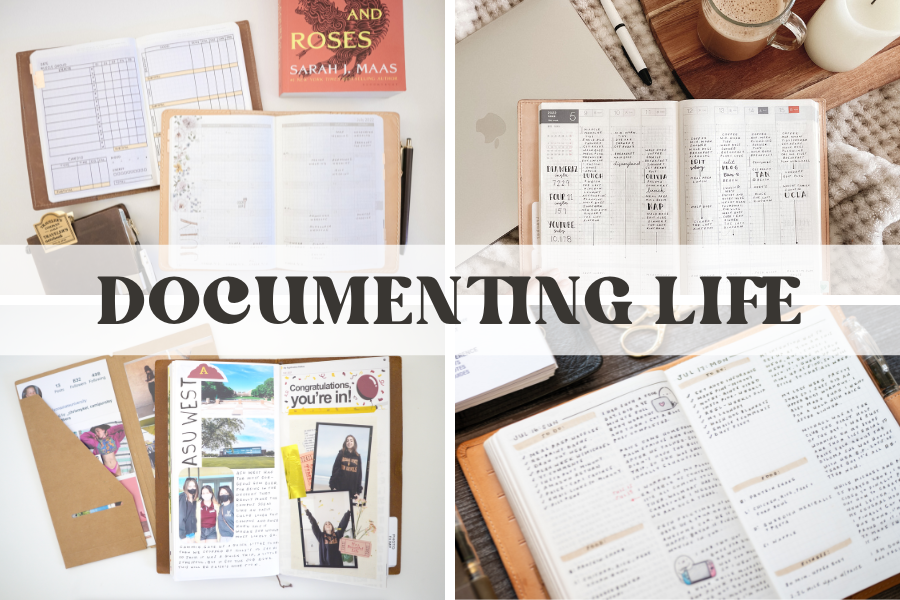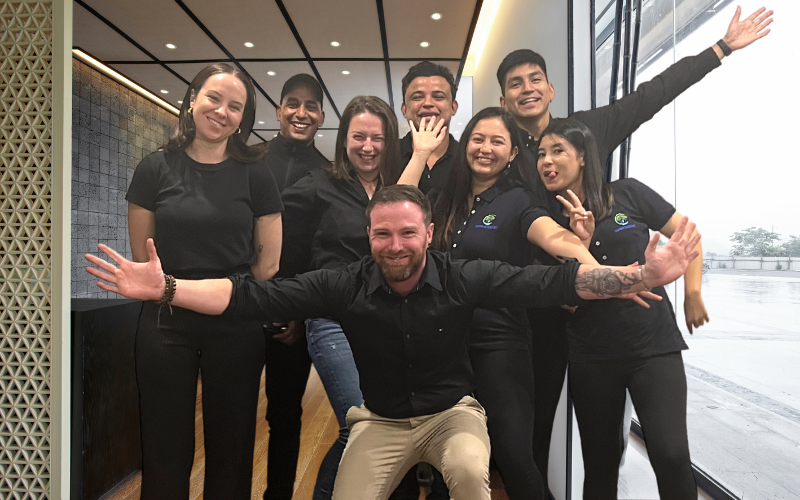Confidentiality Matters: Best Practices in Documenting Information for Disabled Clients

As a business, it is important to respect and uphold the confidentiality of your clients, especially those with disabilities who may be vulnerable to discrimination and privacy breaches. Documenting information about disabled clients requires extra caution, and it is crucial to develop and implement effective confidentiality policies and practices. In this blog post, we will explore the best practices for documenting information for disabled clients to ensure their privacy and uphold their rights.
1. Obtain Informed Consent while Documenting:
It is important to obtain informed consent from the client and their legal representative before collecting any personal information. Similarly, provide the client with detailed information on how their information will be used, what kind of information will be collected, who will have access to the information, and how it will be protected. Furthermore, ensure that the client fully understands the process and their rights before obtaining consent.
2. Use Secure Systems:
Use secure and reliable documentation systems that have restricted access to authorised personnel. Likewise, these systems should be password-protected, have encryption capabilities, and be monitored for any suspicious activities. Similarly, any physical documents should be kept in secure cabinets or rooms to prevent unauthorised access.
3. Limit Access while Documenting:
Only provide access to necessary personnel. Similarly, ensure that any employees who have access to the client’s information are properly trained on confidentiality policies and procedures. Also, periodically review and update access privileges to ensure that access is limited and appropriate.
4. Avoid Stigmatising Language while Documenting:
Avoid using stigmatizing language in documentation, such as labeling the client as “disabled” or using medical terminology that may perpetuate stereotypes or misconceptions. Instead, use language that is neutral and respectful of the client’s autonomy.
5. Document Only Necessary Information:
Only document the information that is necessary for the client’s treatment or services. Avoid collecting and documenting irrelevant personal information that may pose a risk to the client’s privacy. Furthermore, ensure that any documentation is reviewed and updated regularly.
Conclusion
In conclusion, documenting information for disabled clients is a critical aspect of providing quality services while respecting their privacy and rights. Similarly, the best practices outlined in this blog post are essential for any business that works with disabled clients to ensure the confidentiality of their information. Furthermore, by obtaining informed consent, using secure systems, limiting access to authorised personnel, avoiding stigmatising language, and documenting only necessary information, businesses can create a safe and trustworthy environment for their clients. As businesses, it is our responsibility to uphold the ethical standards of confidentiality and professionalism to foster trust and positive relationships with all clients, including those with disabilities.
Book a free Consultation with us today!
Mobile : 1800960068
Email : contactus@iseeksupport.au









